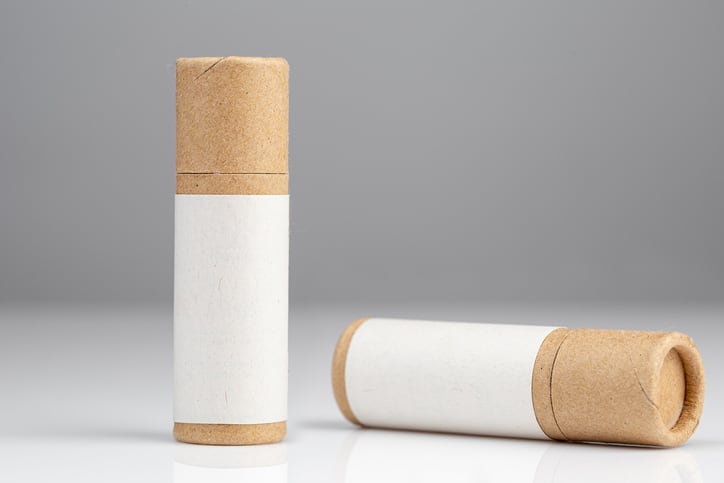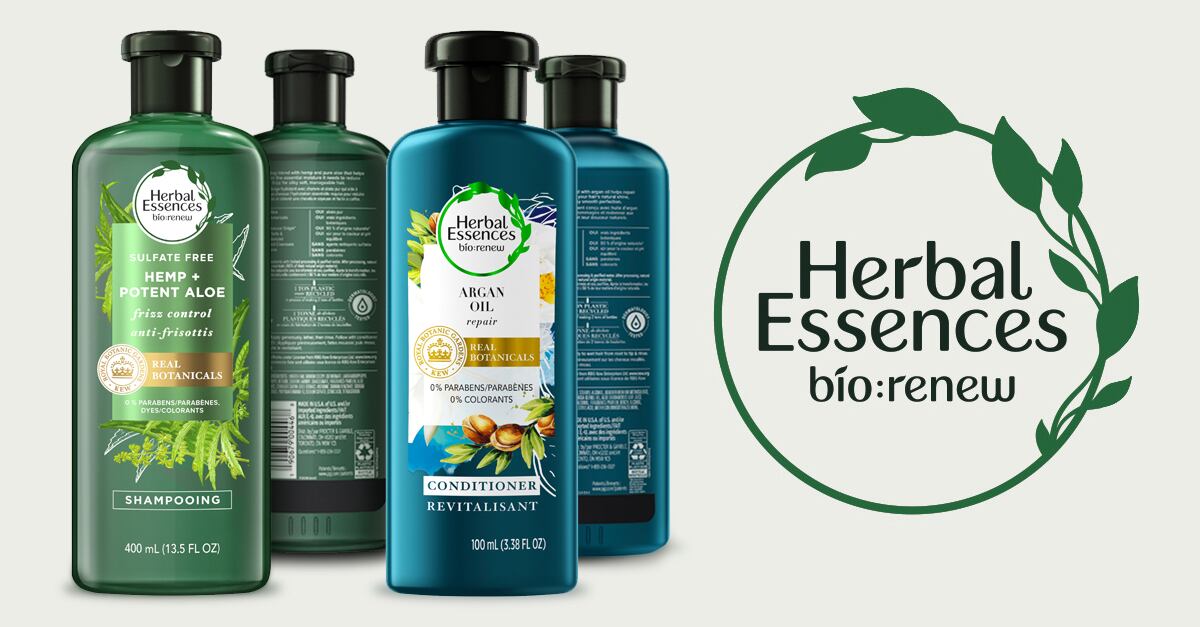Paper packaging, including cardboard, has been a part of cosmetics packaging for a long time as boxes and wrapping, but sustainability goals have been pushing companies to innovate and use paper and cardboard more prominently.
Packaging suppliers are expanded from the days of boxes to create paper tubes, bottles and other containers.
Pros
While it can take hundreds of years for plastics to decompose, paper takes as few as two to six weeks in a landfill. Additionally, paper waste is highly recyclable or even combustible.
According to the Environmental Protection Agency, paper has an overall recycling rate of 43%, but that rate is vastly different between types of paper. Paper packaging, excluding corrugated cardboard, has a recycling rate of only 21%, but corrugated cardboard is as high as 97%
Robert Bulla, director of engineering and innovation at APC Packaging, said he finds the development of paper bottles, being integrated into L’Oréal and Estée Lauder’s large quantity packaging, particularly interesting.
To make those bottles viable, they are often coated in another material, more often than not, plastic. While some may see this as negating the environmental benefit of using paper, Bulla said there is still value in seriously reducing the amount of plastic in the packaging.
“If you look at it from a holistic viewpoint, you’re actually being more sustainable,” Bulla said. “It’s not the perfect solution, but you are being more sustainable by putting 99% less plastic in the packaging, and the paper is going to go away at a still great rate.”
Cons
At this time, paper is not a hero solution to plastic packaging, for both performance and environmental reasons.
Bulla said one of the main problems with paper and cardboard packaging is its durability. Paper and cardboard packaging does not perform as well on drop tests as plastic, and puncturing is a bigger concern.
Along with being delicate, paper is typically a heavier packaging material than plastic, which means more expensive shipping, according to Southgate Packaging.
Decoration can also be a challenge with paper and cardboard packaging, Bulla said. Complex shapes are more challenging or presently unachievable with paper and cardboard, and transparency is obviously not an option.
“It's hard to bring it above that box look,” Bulla said. “I'm sure those challenges will be met in the future, but it's still a challenge right now.”
Additionally, paper does pose some environmental concerns. While paper is considerably more degradable than plastic, traditional, non-recycled paper can lead to deforestation.
Estimates of how many trees are cut down for paper production vary, but the University of Michigan estimates that 15 billion trees are cut down every year, 4 billion of which Southgate estimates go towards paper production.
However, there has been development in paper produced from more sustainable sources, like bamboo, which grows more quickly and can be harvested without killing the plant.
According to Southgate, paper bag production creates significantly more pollutants than plastic bag production, emitting 70% more air pollutants and 50% more water pollutants than plastic. Recycling paper also takes 91% more energy to recycle than plastic, though the equipment is cheaper.
Packaging experts and consultants advise companies to do a life cycle analysis to wholistically understand what impacts their packaging is having, so they can best decide if paper or plastic really is a more sustainable option for them.


